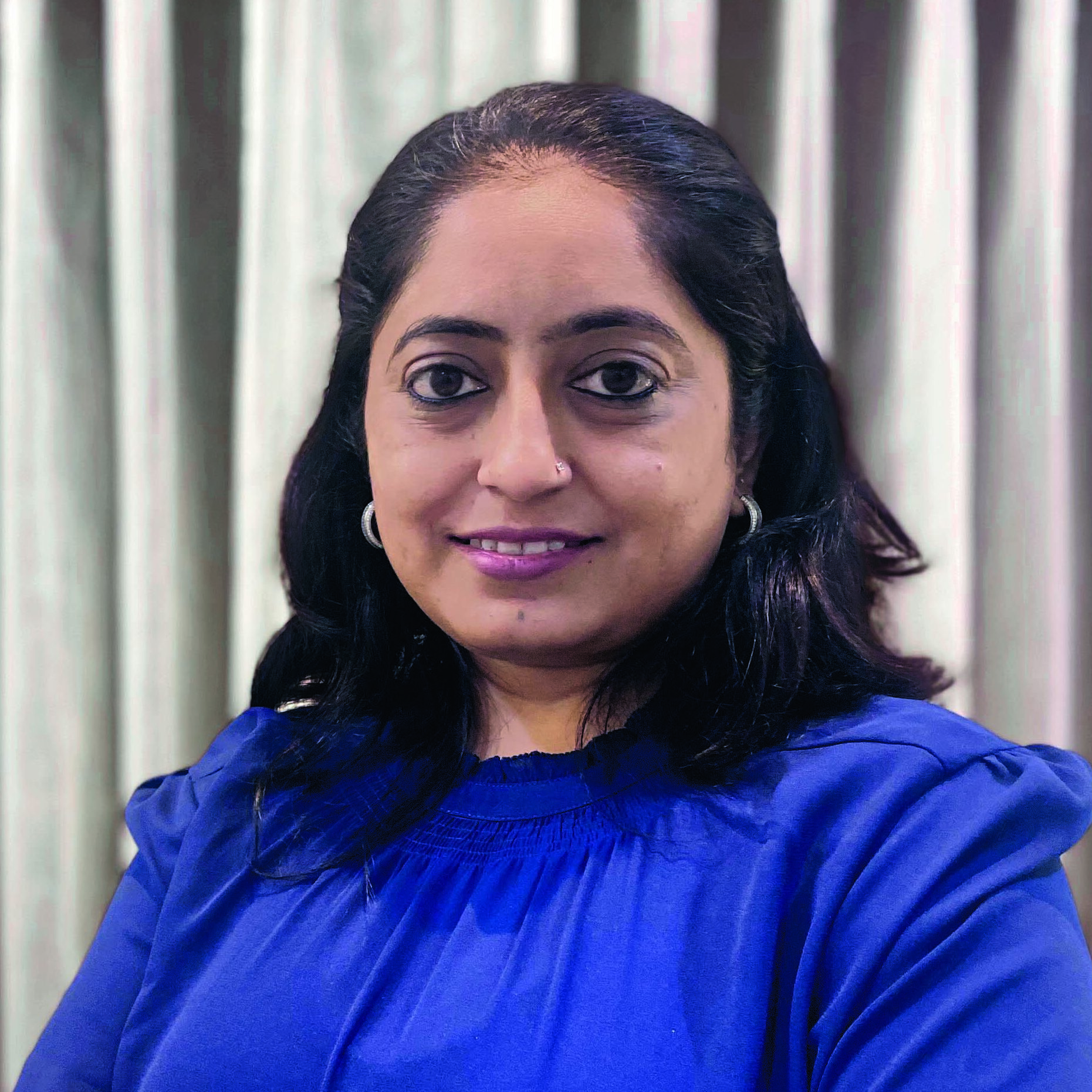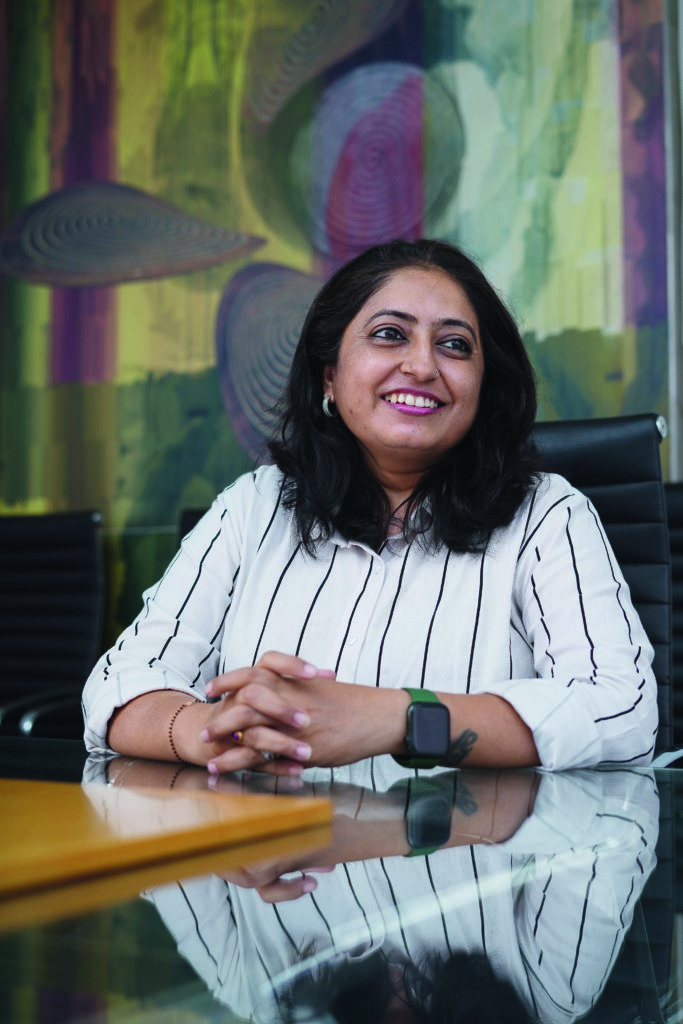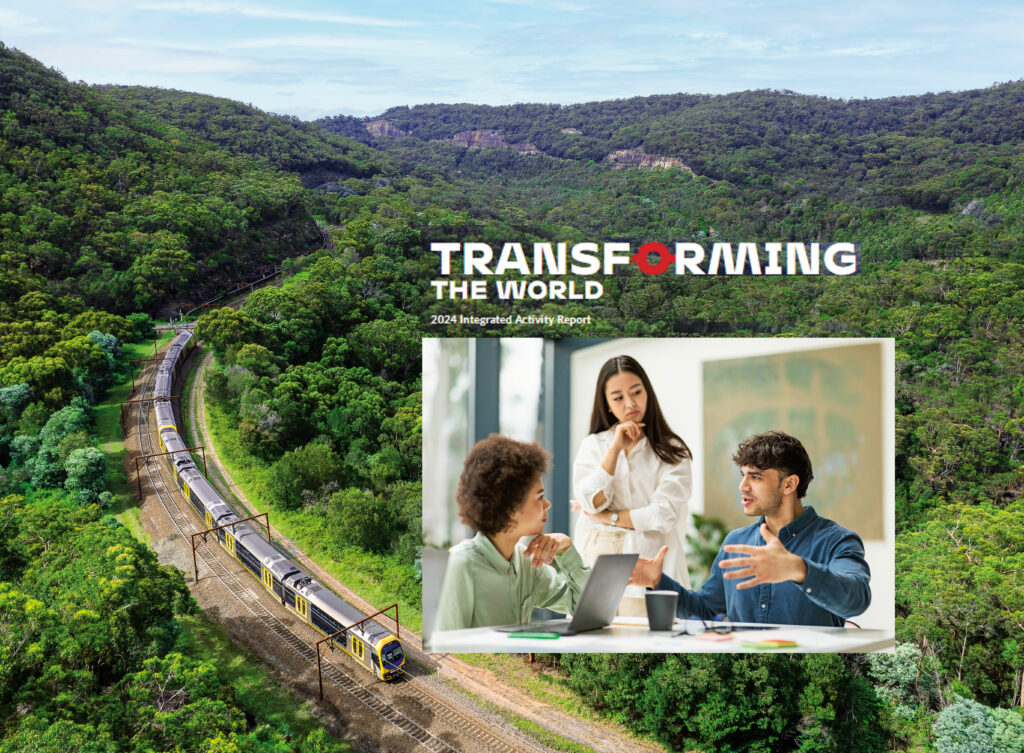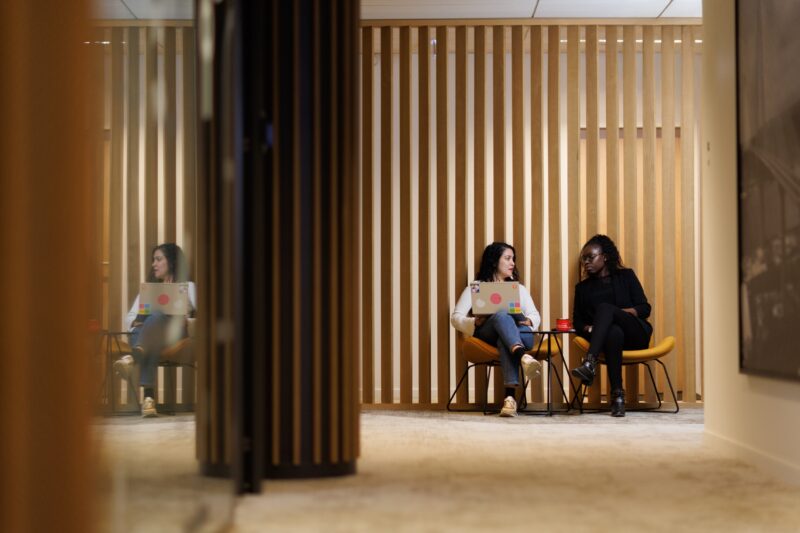
Gunjan
Digital engineering lead
SYSTRA India
Ahmedabad, India
What is your professional background?
I started my career as a civil engineer, specialising in structural design and using building information modelling (BIM) technologies. Over the years, I moved to BIM project management and eventually took on leadership roles that integrate engineering expertise with digital transformation.
I am currently responsible for managing digital engineering at SYSTRA India, where I lead the adoption and integration of advanced digital tools throughout the construction process. Throughout my career, I have had the privilege of working with exceptionally talented teams on a wide range of complex infrastructure projects, including but not limited to, metro systems, high-speed trains, airports, ports, trams, residential developments, luxury resorts, and commercial buildings. By leveraging BIM, data analysis, and cutting-edge technologies, my teams and I continuously drive innovation in the construction sector.
The concept of connected teams is part of SYSTRA’s DNA; how does this translate into your work?
At SYSTRA, the notion of connected teams is embedded in the way we approach each project. This philosophy is an integral part of my work, where I promote transparent collaboration within multidisciplinary teams, regardless of their geographical location.
By using advanced digital tools, such as the EDMS platform and cloud technologies, we ensure that every team member – whether in India, Europe, the United States, Asia, or the Middle East – has access to project data in real time.
This approach not only enhances efficiency and communication but also promotes greater cohesion, which ultimately supports the success of our projects and allows us to achieve our goals with greater precision and consistency.

Tell us about a local project and an international project you worked on in 2024.
In the year 2024, I led the digital engineering and implementation of BIM for the redevelopment of the RLDA-Ahmedabad railway station, a flagship project that sets a new standard for the state. This initiative required meticulous coordination with the SYSTRA PMC team, local contractors, and consultants to ensure the seamless integration of digital processes, thus establishing a high benchmark for future projects.
At the international level, I have contributed to major projects such as High-Speed 2 (HS2) in the UK, the AlUla tram project, and section 6 of the SGR in Tanzania. These collaborations resulted in a successful digital delivery across multiple disciplines. The rapid completion of engineering phases and graphic delivery highlighted the efficiency, expertise, and collaborative spirit of our global team, significantly improving workflows with our international partners.
A key achievement in 2024 – marking my transition from Senior BIM Manager to Digital Engineering Management Lead – was the successful implementation of the Common Data Environment (CDE) platform using SYSTRA’s internal digitisation tools. This initiative not only optimised software costs but also reallocated resources to other development initiatives, thereby strengthening our commitment to innovation and profitability across all projects.
What are the advantages and disadvantages of working with an international team?
The advantages of working with international teams are considerable. The diversity of skills, viewpoints, and innovative solutions that arise from intercultural collaboration extremely valuable. The opportunity to contribute to world-class projects alongside highly qualified and cross-functional teams from around the globe is one of the most exciting aspects of my job. At SYSTRA, the inclusive culture fosters innovation and provides an ideal platform for individuals to reach their full potential.
However, working with an international team presents challenges. Time zone differences and cultural nuances can sometimes complicate coordination and communication. To overcome these difficulties, it is essential to establish structured processes, as well as robust communication tools that ensure alignment and keep everyone informed.
What advice would you give to a young engineer?
My advice is simple: never stop learning! Technology is evolving at an unprecedented pace, and it is essential to stay updated on the latest tools and methodologies.
In addition to technical expertise, it is crucial to develop strong communication and leadership skills, as managing interdisciplinary and often intercultural teams is a key responsibility in my role.
Finally, you must always be open to collaboration. The more you collaborate with others, the more you will learn and grow. This will not only allow you to better understand different perspectives, but also to enhance your leadership abilities, which will help you thrive both professionally and personally.

- News
June 6th, 2025


 Australia
Australia  Brazil
Brazil  Canada
Canada  Chile
Chile  China
China  Columbia
Columbia  Denmark
Denmark  Egypt
Egypt  France
France  India
India  Indonesia
Indonesia  Ireland
Ireland  Italy
Italy  Malaysia
Malaysia  New Zealand
New Zealand  Norway
Norway  Panama
Panama  Peru
Peru  Poland
Poland  Portugal
Portugal  Saudi Arabia
Saudi Arabia  Singapore
Singapore  South Korea
South Korea  Spain
Spain  Sweden
Sweden  Taiwan
Taiwan  Thailand
Thailand  Türkiye
Türkiye  United Kingdom
United Kingdom  United States
United States  Vietnam
Vietnam